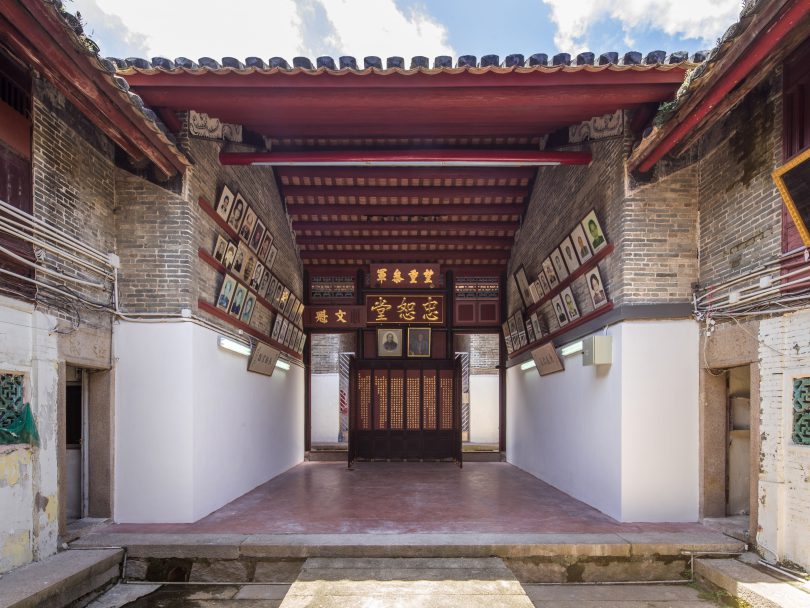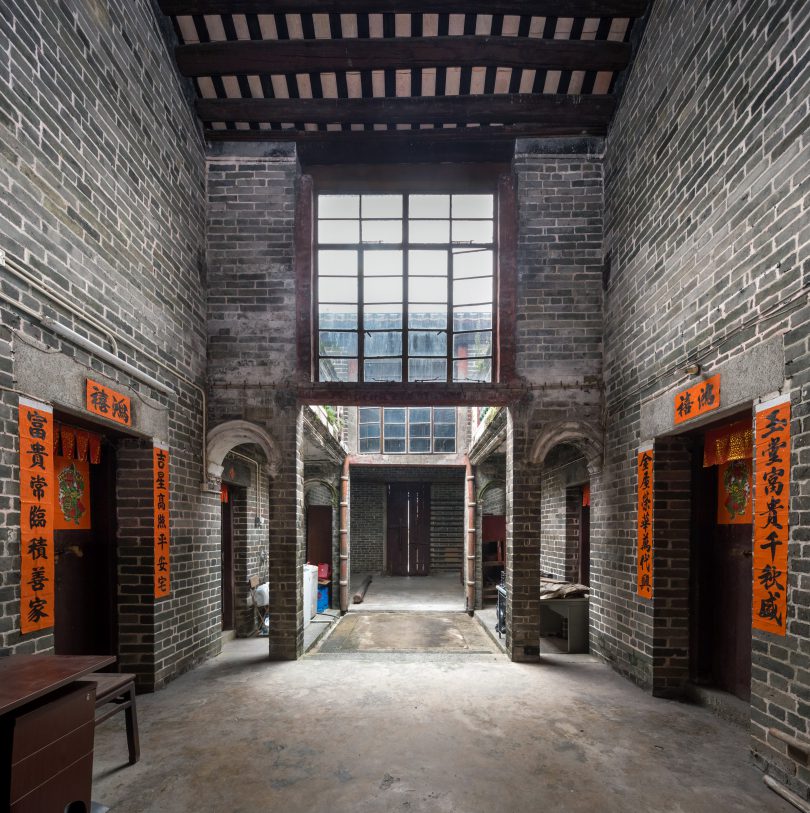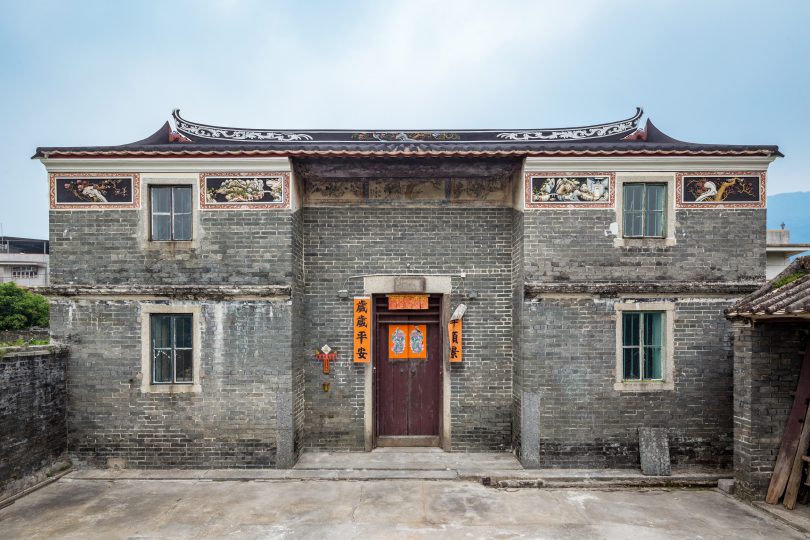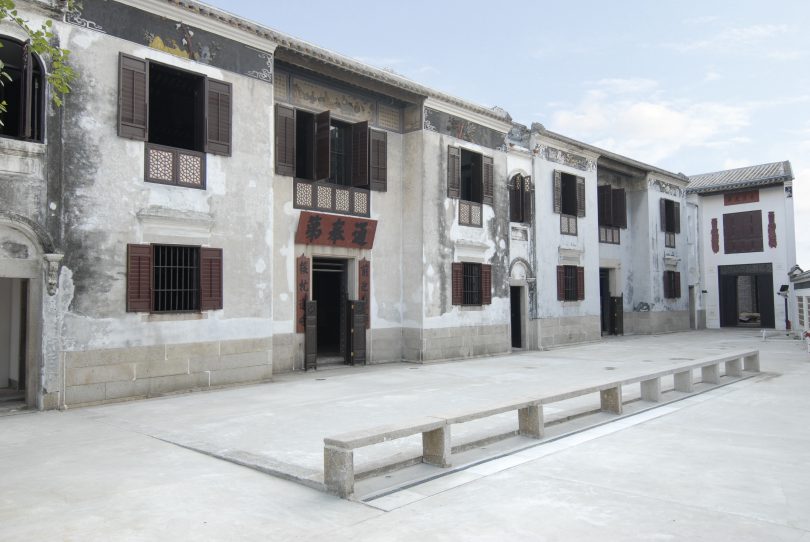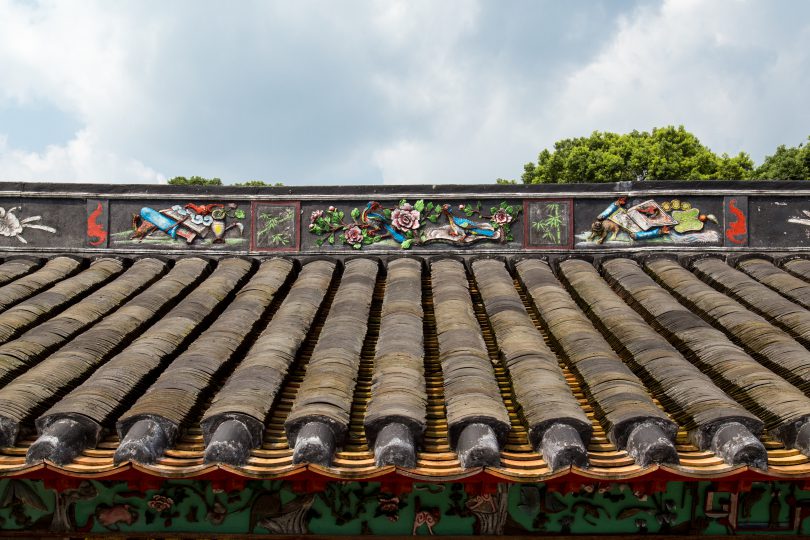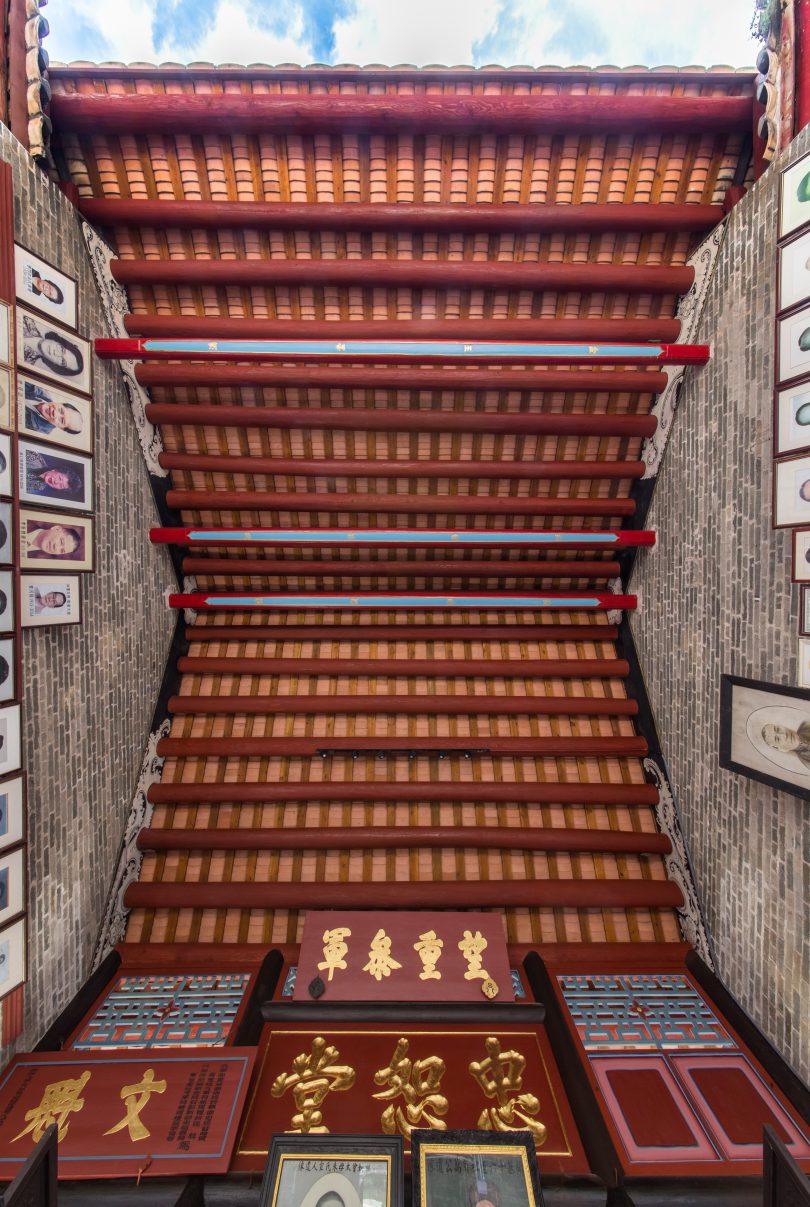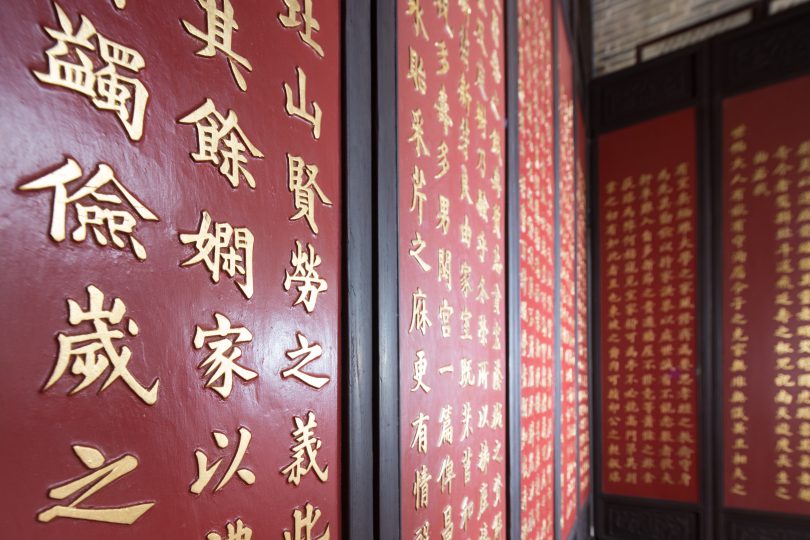By Eric CM Lee, LWK + PARTNERS
Ancestral halls are the architectural expression of a salient social organisation in traditional Chinese society: kinship. Often standing as the most eye-catching and magnificent structure in older villages, ancestral halls are where all the ancestral tablets are worshipped daily, functioning as the central site for uniting the family. It is also the place for recording glorious feats within the clan and performing rituals during festive occasions. However, as time progresses, continued urbanisation and regeneration programmes have brought these important cultural treasures under immense pressure. Deterioration is fast and the need for conservation is imminent.
Architecture and Design Requirements
Ancestral halls reflect the customs and architecture of a place. In Hong Kong, they are mainly divided into local and Hakka styles. Local ones are typically built with two-hall-three-bay layouts with one courtyard, or three-hall-three-bay layouts with two courtyards. For wealthier, more established clans, their buildings are larger and more extensively decorated. By contrast, Hakka ancestral halls are more flexible and dynamic in their layouts, with relatively smaller scale and simple, basic decorations.
An important principle for restoring old buildings is to use original building materials, techniques and designs as much as possible.
Ancestral halls are symmetrically built to show ‘respect for the centre’. The most important spaces are located along the central axis with secondary spaces on both sides, while the left prevails over the right. For building materials, local ancestral halls are mainly built with grey bricks, wood and stone. The facade features grey brick walls and granite columns. As granite was seen as a valuable building material, it was used to draw attention to the facade. The building and materials of Hakka ancestral halls are relatively simple, mainly using grey bricks with rear halls clad in stone walls and rammed earth. Granite is only used in the main door frame.
This is an excerpt. The original article is published in Construction+ Hong Kong Issue 24. Subscribe to the digital edition or print magazine to read the complete article.

ERIC CM LEE
Director and head of Heritage Conservation Team, LWK + PARTNERS
CM Lee is an experienced architect with over 20 years of experience in heritage study and conservation for historic buildings. He has a master degree in Architectural Conservation from Hong Kong University and specialises in restoration and adaptive reuse of historic buildings.
He has a wide spectrum of working experience in restoration, adaptive re-use, conservation study, archaeological and heritage assessment. Clients served include major local developers, Urban Renewal Authority (URA), churches and convents as well as other commercial and institutional clients.

 Malaysia
Malaysia Singapore
Singapore Indonesia
Indonesia Tiếng Việt
Tiếng Việt ประเทศไทย
ประเทศไทย


